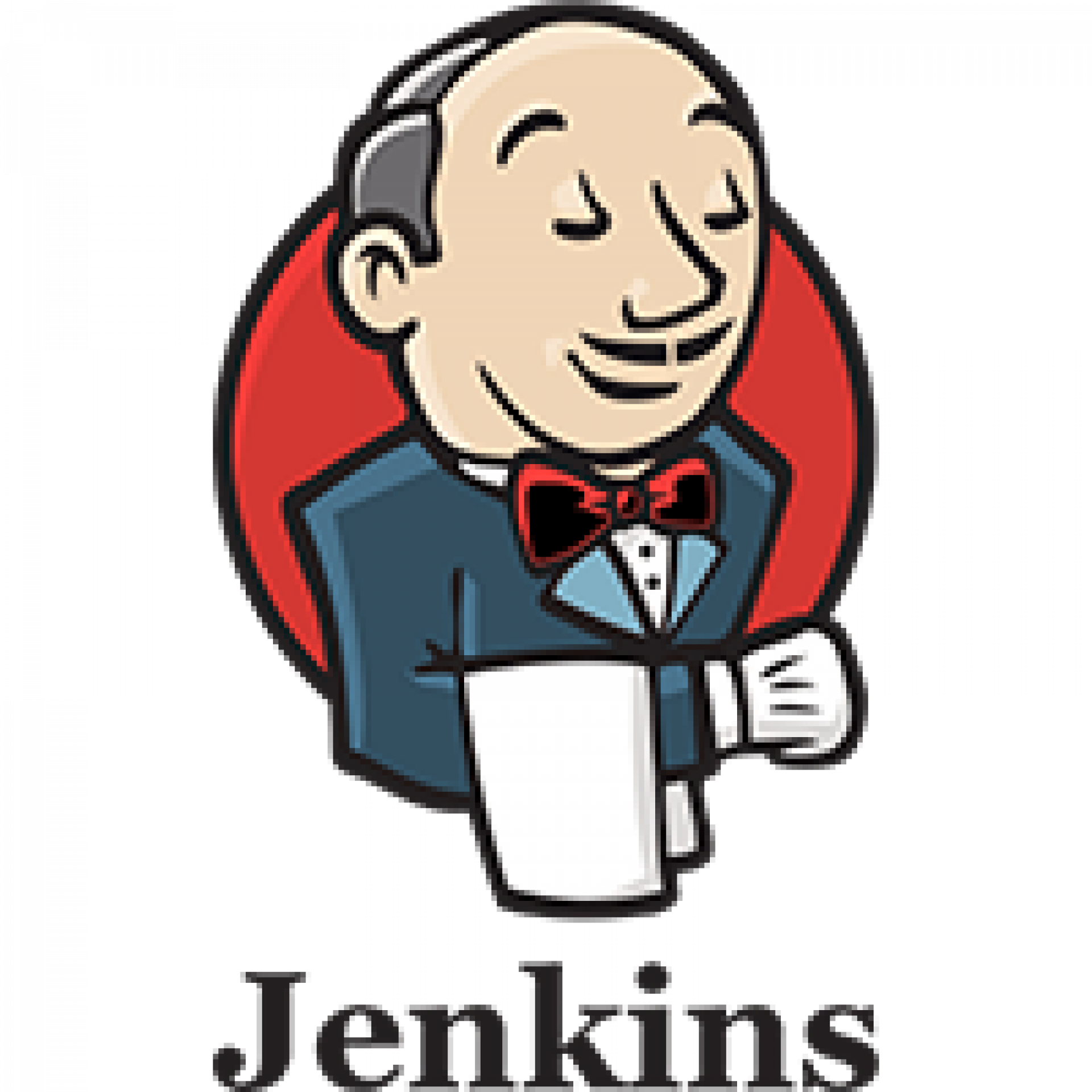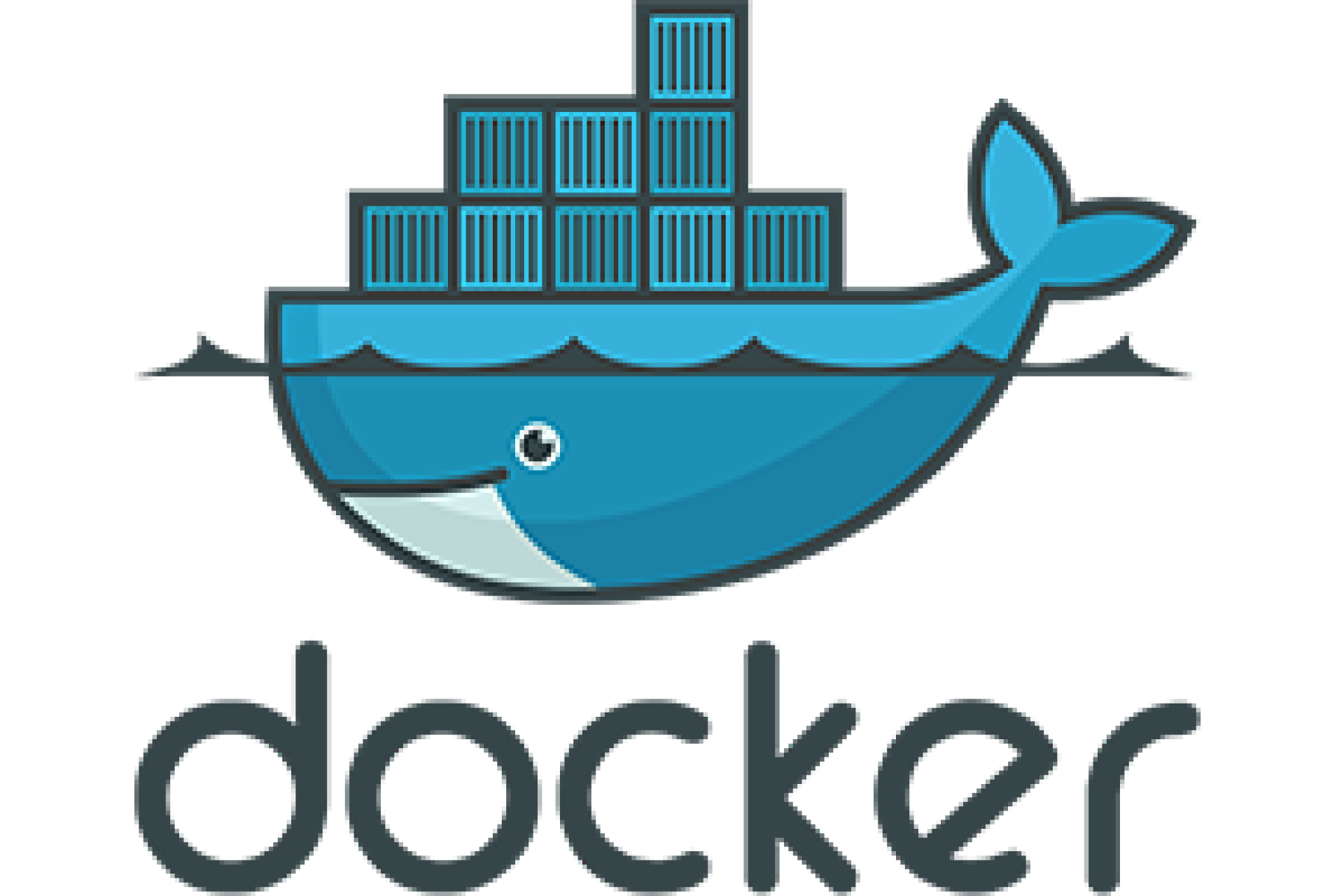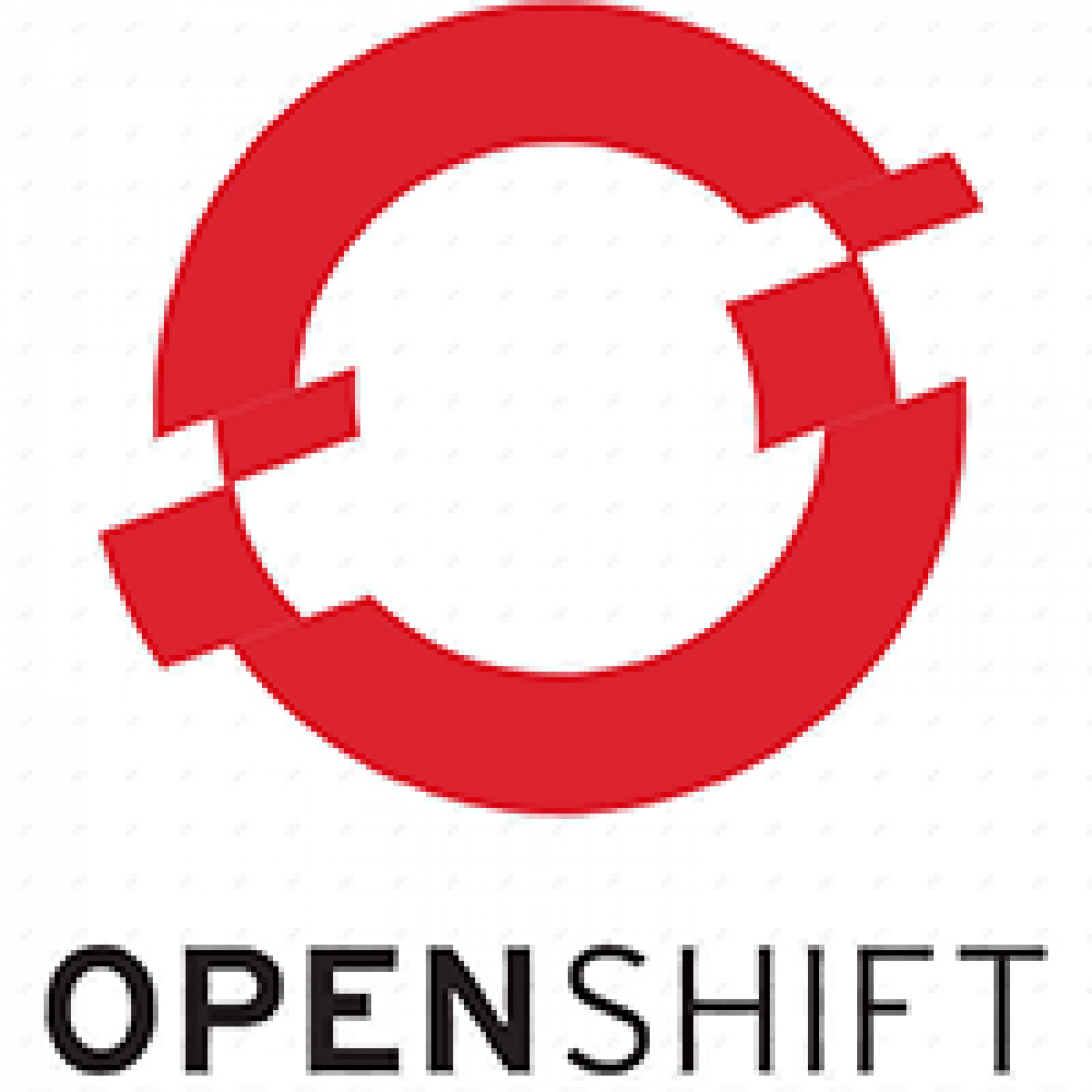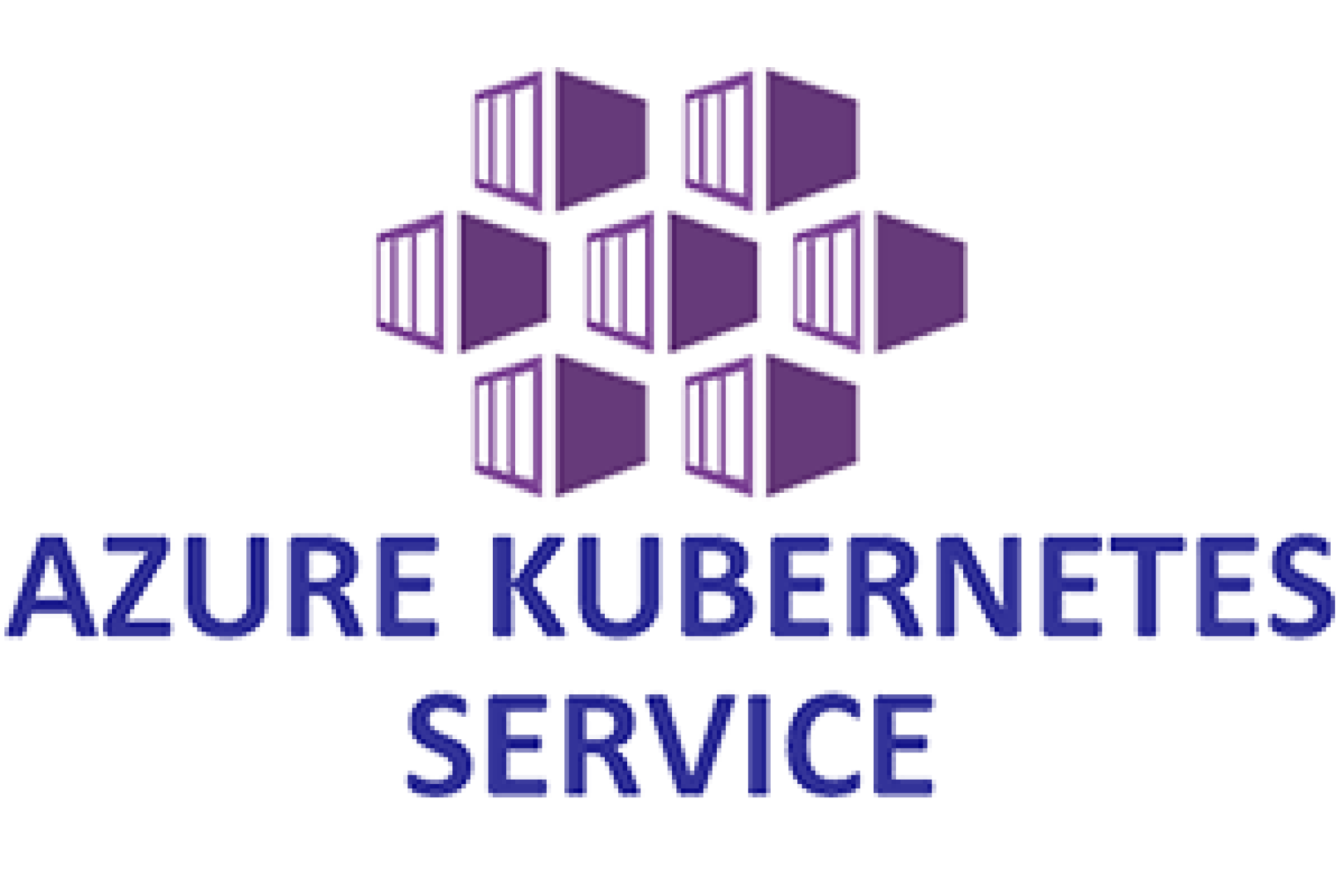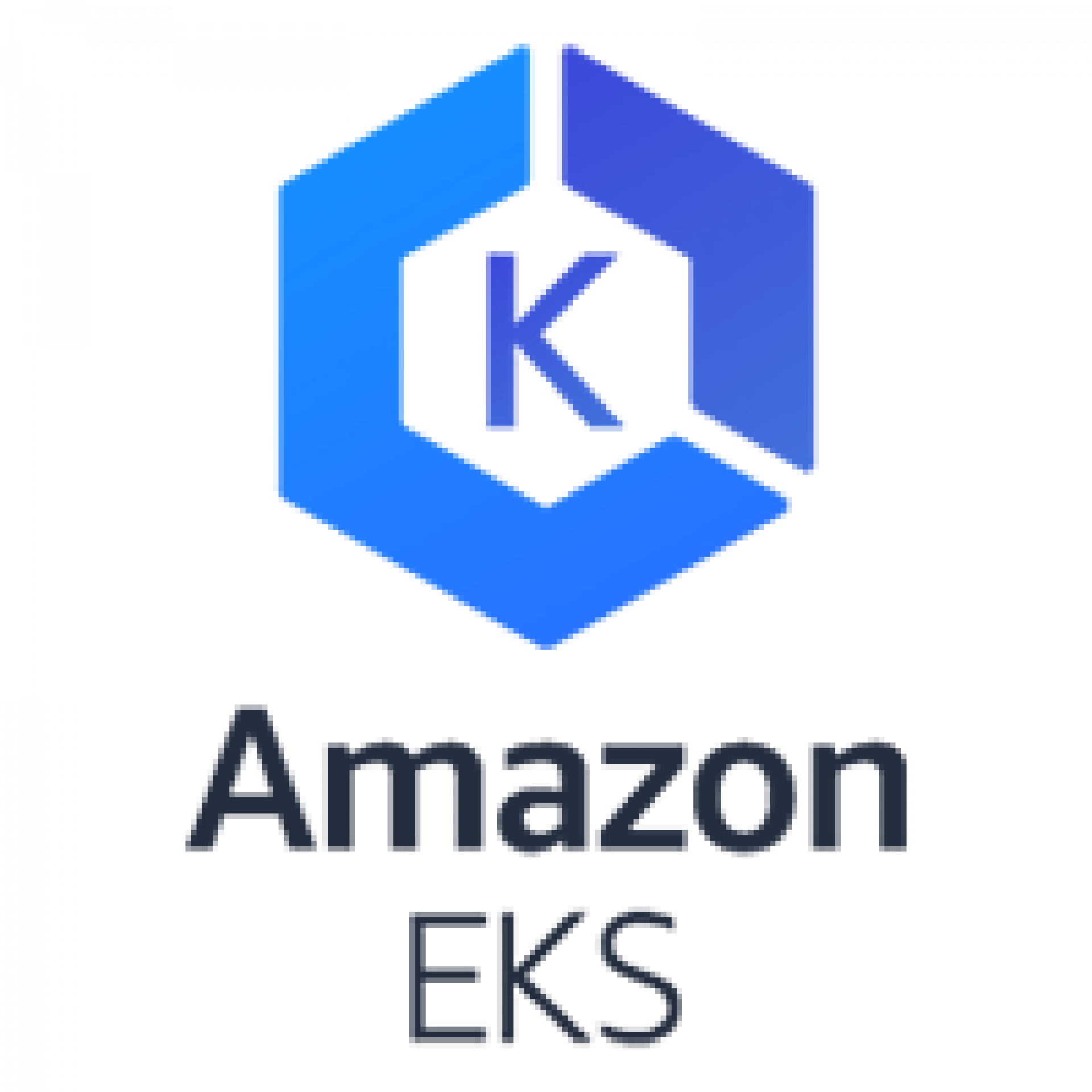Microservice Bootcamp
The Microservice Bootcamp is developed by Microservice consultants and practitioners, will acquaint you with the concepts of Microservices. This Bootcamp trains participants to develop cloud-based, scalable, and fault-tolerant enterprise applications using microservices
ZippyOPS also offers customized Microservice Bootcamp
Let's discuss your customized Microservice Bootcamp need
Detailed Curriculum
Click on the tools list(tab) below to get the detailed curriculum

Introduction
Introduction to microservices
Demystifying Microservices
12 Factor App development
Monolithic vs. Microservices architecture
Advantages of microservices
Challenges of microservices
Components of microservices
Options for hosting microservices
The Docker Development Life Cycle
The Microservices Development Life Cycle
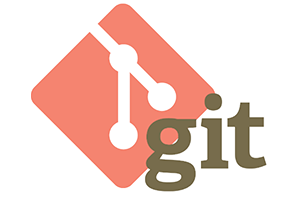
Introduction
Understanding version control
The history of Git
About distributed version control
Who should use Git?
Installing Git on Windows
Installing Git on Linux
Configuring Git
Exploring Git auto-completion
Using Git help
Initializing a repository
Understanding where Git files are stored
Performing your first commit
Writing commit messages
Viewing the commit log
Exploring the three-trees architecture
The Git workflow
Using hash values (SHA-1)
Working with the HEAD pointer
Adding files
Editing files
Viewing changes with diff
Viewing only staged changes
Deleting files
Moving and renaming files
Undoing working directory changes
Unstaging files
Amending commits
Retrieving old versions
Reverting a commit
Using reset to undo commits
Demonstrating a soft reset
Demonstrating a mixed reset
Demonstrating a hard reset
Removing untracked files
Using gitignore
Understanding what to ignore
Ignoring files globally
Ignoring tracked files
Tracking empty directories
Referencing commits
Exploring tree listings
Getting more from the commit log
Viewing commits
Comparing commits
Branching overview
Viewing and creating branches
Switching branches
Creating and switching branches
Switching branches with uncommitted changes
Comparing branches
Renaming branches
Deleting branches
Configuring the command prompt to show the branch
Merging code
Using fast-forward merge vs true merge
Merging conflicts
Resolving merge conflicts
Exploring strategies to reduce merge conflicts
Saving changes in the stash
Viewing stashed changes
Retrieving stashed changes
Deleting stashed changes
Working with GitHub
Setting up a GitHub account
Adding a remote repository
Creating a remote branch
Cloning a remote repository
Tracking remote branches
Pushing changes to a remote repository
Fetching changes from a remote repository
Merging in fetched changes
Checking out remote branches
Pushing to an updated remote branch
Deleting a remote branch
Enabling collaboration
A collaboration workflow
Using SSH keys for remote login
Managing repo in GitHub
Managing users in GitHub
Managing keys in GitHub
Webhook in GitHub
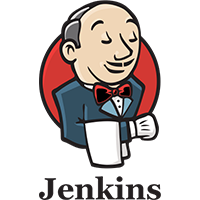
Introduction to Jenkins
Introduction to Continuous Integration
Continuous Integration vs Continuous Delivery
Jenkins Overview
Characteristics and features
Architecture
Concepts and Terms
Benefits and Limitations
Installation and Configuration
Jenkins Installation and Configuration
Plug-ins Overview
Integration with Git
Integration with Maven
Integration with Java
Installing plugins
Setting up Build Jobs
Jenkins Dashboard
Create the first job
Running the first job
Manage jobs - failing, disable, update and delete
Pipeline with Jenkinsfile
Freestyle Project Configuration
Git Hooks and Other Build Triggers
Workspace Environment Variables
Parameterized Projects
UpstreamDownstream Projects and the Parameterized Trigger Plugin
Build a Java application with Maven using Jenkins
Continuous Delivery Pipeline
Publishing Build Artifacts
Deployment Plug-in setup and configuration
Auto Deployment of build artifacts into the target server
Deploy a Java application with Maven using Jenkins
Executing selenium Functional Testing with deployment
Management, Security and Best Practices
Managing and Monitoring Jenkins Server
Scaling Jenkins
Securing Jenkins
Adding Linux Node and executing job on it
Adding windows node and executing job on it
Configuring access control on Jenkins
Configuring role-based access control
Jenkins logs
Management
Credentials in Jenkins
Best Practices
Jenkins Pipeline
Writing Jenkins Pipeline file for java application build and deployment
Storing Jenkins in git and configuring webhook
Difference between declarative and scripted pipeline
Specify an agent in the pipeline
Parameters in Pipeline
Schedule build in the pipeline
Webhook in pipeline
Approval in pipeline
Approval with timeout in the pipeline
Variables in pipeline
Email notification in the pipeline
Post-build action in the pipeline
Parallel stages in the pipeline
Condition in pipeline
Selenium Functional Testing in the pipeline
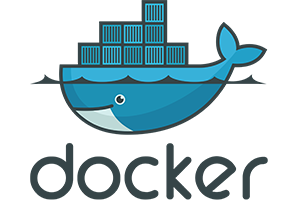
Learning the Basics of Docker
Introduction to Docker
Docker Containers vs Virtual Machines
Docker Architecture
The Docker Hub
Docker Installation
Creating Our First Image
Working With Multiple Images
Packaging A Customized Container
Running Container Commands With Docker
Exposing Our Container With Port Redirects
The Dockerfile
Dockerfile Directives USER and RUN
Dockerfile Directives RUN Order of Execution
Dockerfile Directives ENV
Dockerfile Directives CMD vs RUN
Dockerfile Directives ENTRYPOINT
Dockerfile Directives EXPOSE
Manual Image creation
Manually executing commands inside the container
Committing an exited container to an image
Docker Commands and Structures
Inspect Container Processes
Previous Container Management
Controlling Port Exposure on Containers
Naming Our Containers
Docker Monitoring commands
docker ps
docker inspect
docker top
docker exec
docker cp
docker kill
Docker Image Management
Managing and Removing Base Images
Saving and Loading Docker Images
Image History
Taking Control of Our Tags
Pushing to Docker Hub
Volumes and network
Container Volume Management
Docker Network List and Inspect
Docker Network Create and Remove
Docker Network Assign to Containers
Mimic 3 tire architecture using docker network
Assigning static IP for container
Docker compose
Introduction to Docker Compose
Benefits of Compose
Configure the Compose file
Build image instruction
Setting up a private registry
Installing Private registry
Push and Pull from a private registry
Listing images on a private registry
Docker - Logging
Daemon Logging
Container Logging
Troubleshooting
Docker logs
Docker inspect
Limit a container’s access
Memory
CPUs
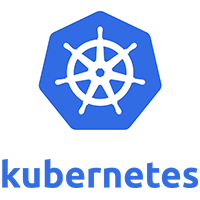
Introduction
Introduction to Kubernetes
Kubernetes Architecture
Introduction to YAML
Kubernetes Setup and Configuration Manual method
Packages and Dependencies
Install and Configure Master Controller
Install and Configure the Minions
Kubectl Exploring our Environment
Kubernetes Setup and Configuration Kubeadm method
Kubeadm installation
Kubernetes cluster initiation
Node addition to Kubernetes cluster
Cloud integration with cluster
Pods, Tags, and Services
Create and Deploy Pod Definitions
Tags, Labels, and Selectors
Deployment State
Multi Pod (Container) Replication Controller
Create and Deploy Service Definitions
Logs, Scaling, and Recovery
Creating Temporary Pods at the Command line
Interacting with Pod Containers
Logs
Autoscaling and Scaling our Pods
Failure and Recovery
Deployment strategies
All in one
Rolling update
Blue Green
Continues Integration with docker
Jenkins integration with Kubernetes
Docker plugin
Complete deployment flow
CI & CD
Kubernetes components
ConfigMap
Secrets
Deamon sets
Stateful set
Running jobs
Cron jobs
Batch jobs
Helm
Introduction to helm chart
Installation and configuration of HELM
Deploying application via HELM chart
Maintaining deployments using helm
Monitoring
Introduction to EFK
Implementation of EFK
Introduction to Prometheus
Implementation of Prometheus
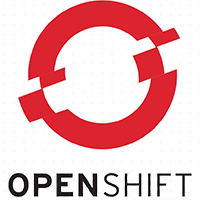
Introduction
Introduction to Red Hat OpenShift Container Platform
Features of Openshift
The architecture of Openshift
Installation
Install an OpenShift Container Platform cluster
Configure and manage masters and nodes
Secure OpenShift
Control access to resources on OpenShift
Monitor and collect metrics on OpenShift
Deploy applications on OpenShift Platform Container using Source-to-Image (S2I)
Manage storage on OpenShift
Network
Explore OpenShift networking concepts
Describe and explore OpenShift networking concepts.
Command Line Interface
Execute commands
Execute commands using the command-line interface.
Manage
Manage OpenShift resources
Control access to OpenShift resources.
Storage
Allocate persistent storage
Implement persistent storage.
Deployment
Manage application deployments
Manipulate resources to manage deployed applications.
Monitor
Metrics subsystem
Install and configure the metrics-gathering system
Manage and monitor
Manage and monitor OpenShift resources and software
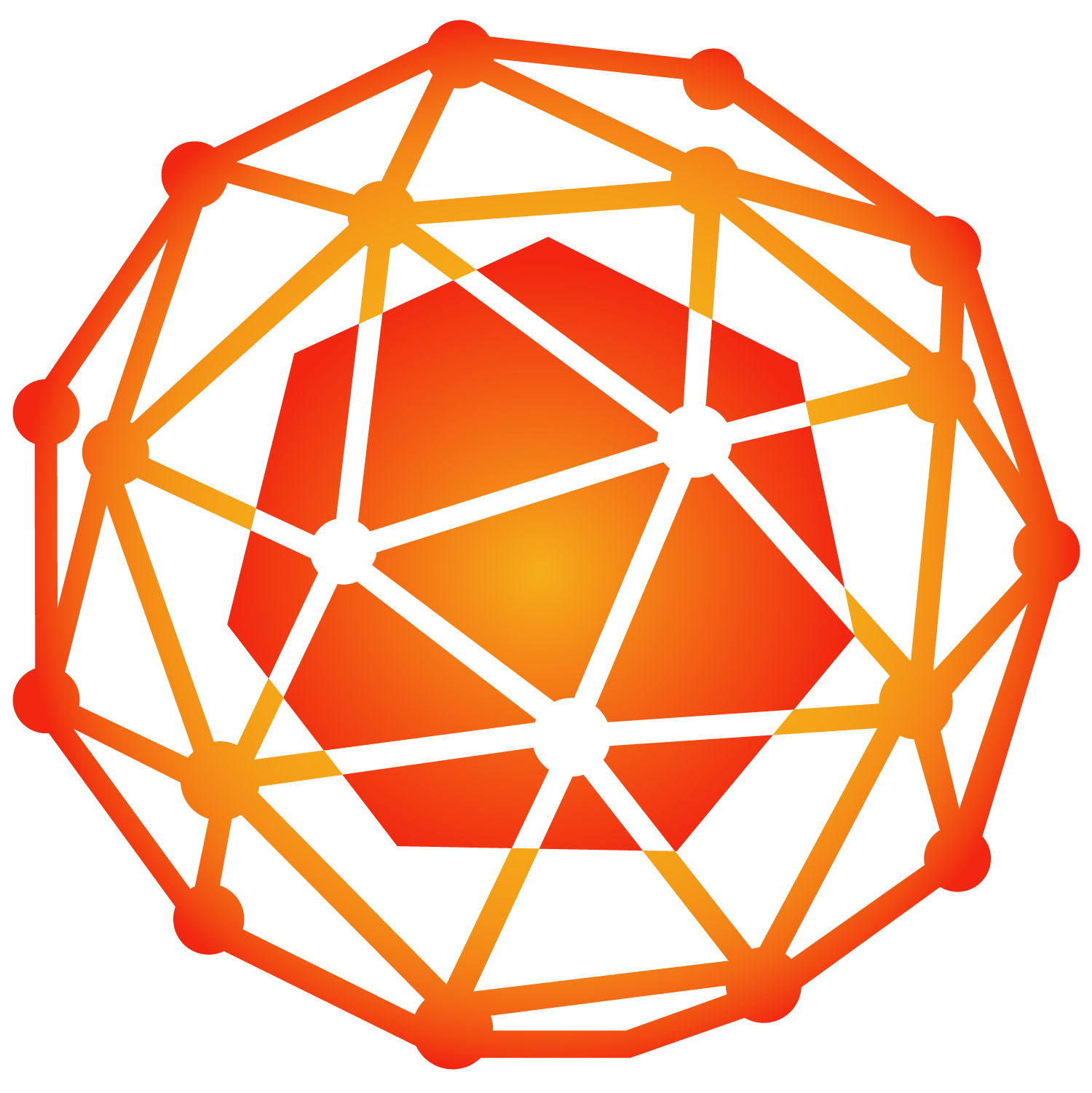
Introduction
Cloud-Native Apps
Resilience for Distributed Systems
Service Mesh Data Planes and Control Planes
Service Mesh Fundamentals
Service Mesh Standards
Introduction to sidecars
Istio
Install Istio
Istio architecture
Traffic Management in Istio
Gateway
Virtual service
Canary deployment
Linkerd
Linkerd and the Service Mesh Ecosystem
Linkerd Architecture
The Data Plane Starring Linkerd2-proxy
The Linkerd Control Plane
Deploying Linkerd to a Kubernetes Cluster
Getting "Golden Metrics" for Your Applications
Using Service Profiles for Per-Route Metrics
Retries and Timeouts
Securing your Application Communication with mTLS
Canary and Blue-Green Deployments

Introduction
Introduction to Azure Kubernetes Service(AKS)
The architecture of AKS Clusters
AKS Networking
AKS Kubernetes Services
AKS Storage
AKS Scaling
AKS Security
Azure Container Registry
Creating an AKS Cluster
Use the Azure CLI
Use the Azure portal
Worker Nodes
Adding Linux Node
Adding Windows node
Restricting Pod deployment on specific node
Working with AKS Cluster
Prepare application for AKS
Create container registry
Create Kubernetes cluster
Run application
Scale application
Update application
Upgrade cluster
Using Azure storage class for PV
Using Azure LB for exposing application
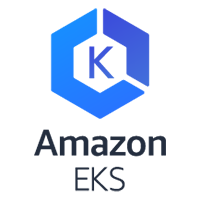
Introduction
Understanding Amazon EKS Building Block
How EKS is working?
Understanding EKS k8s Clusters
Understanding EKS Worker Nodes
Understanding EKS Storage
Understanding EKS Load Balancing and Ingress
Understanding EKS Networking
Understanding EKS Cluster Authentication
Understanding EKS Security Policy
Getting Started with Amazon EKS
Getting Started with eksctl
Getting Started with the Console
Clusters
Creating a Cluster
Updating Kubernetes Version
Cluster Endpoint Access
Control Plane Logging
Using a EKS Cluster
Managing Cluster Authentication
Installing kubectl
Installing aws-iam-authenticator
Create a kubeconfig for Amazon EKS
Managing Users or IAM Roles for your Cluster
Worker Nodes
Amazon EKS-Optimized AMI
Launching Amazon EKS Worker Nodes
Adding Linux Node
Adding Windows node
Restricting Pod deployment on specific node
Working with EKS Cluster
Prepare application for EKS
Create container registry
Create Kubernetes cluster
Run application
Scale application
Update application
Upgrade cluster
Using AWS storage class for PV
Using AWS ELB for exposing application
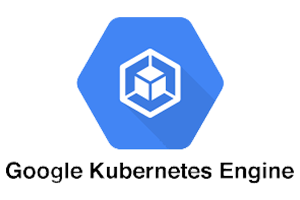
Introduction to Google Cloud
Use the Google Cloud Console
Use Cloud Shell
Define Cloud Computing
Identify Google Cloud compute services
Understand regions and zones
Understand the Cloud resource hierarchy
Administer your Google Cloud resources
Containers and Kubernetes in Google Cloud
Create a container using Cloud Build
Store a container in Container Registry
Understand the relationship between Kubernetes and Google Kubernetes Engine (GKE)
Understand how to choose among Google Cloud Compute platforms
Clusters
Creating a Cluster
Cluster Endpoint Access
Control Plane Logging
Using a GKE Cluster
Worker Nodes
Launching Amazon GKE Worker Nodes
Adding Linux Node
Adding Windows node
Restricting Pod deployment on a specific node
Working with GKE Cluster
Prepare application for GKE
Create container registry
Create Kubernetes cluster
Run application
Scale application
Update application
Upgrade cluster
Using Google storage class for PV
Using Google LoadBalancer for exposing application
Customized Microservice Bootcamp Avaliable
The shoe that fits one person pinches another; there is no recipe for living that suits all cases.
We also offer a customized Microservice Bootcamp that meets your need
Microservice Tools List
Let's Start Automation Journey Together
With our Enterprise Automation consulting, we help large, medium enterprises and startups achieve higher efficiency in Development and Operations, quicker time to market, better quality of software builds and secure delivery of softwares with early identification of emerging issues, without security weaknesses and letting the code be in a releasable state always.

